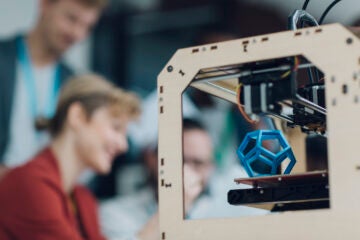Manufacturing's Future: Insights from Economist Sue Helper on Job Market Transformation

The Fading Glory of American Manufacturing: A Tale of Transformation
Once the undisputed titan of global manufacturing, the United States has witnessed a dramatic shift in its industrial landscape. Sue Helper, a distinguished economics professor, offers a compelling narrative of how America's manufacturing prowess has dramatically diminished over the decades.
In the mid-20th century, manufacturing was the backbone of the American economy, fueled by post-World War II innovation and unprecedented industrial capacity. Factories hummed with activity, providing millions of well-paying jobs and driving economic growth. However, the economic terrain has shifted dramatically since those golden years.
Today, manufacturing represents less than 10% of private-sector employment—a stark contrast to its previous dominance. Helper explains this transformation through a lens of economic evolution: "As nations become more prosperous, their economic focus naturally pivots towards service industries." This shift reflects a broader trend of economic sophistication, where advanced economies increasingly value knowledge, technology, and service-based industries over traditional manufacturing.
The decline isn't simply about job numbers, but represents a fundamental restructuring of the American economic ecosystem. While some might view this as a loss, it also signals the dynamic nature of economic progress—a continuous adaptation to changing global markets and technological innovations.
